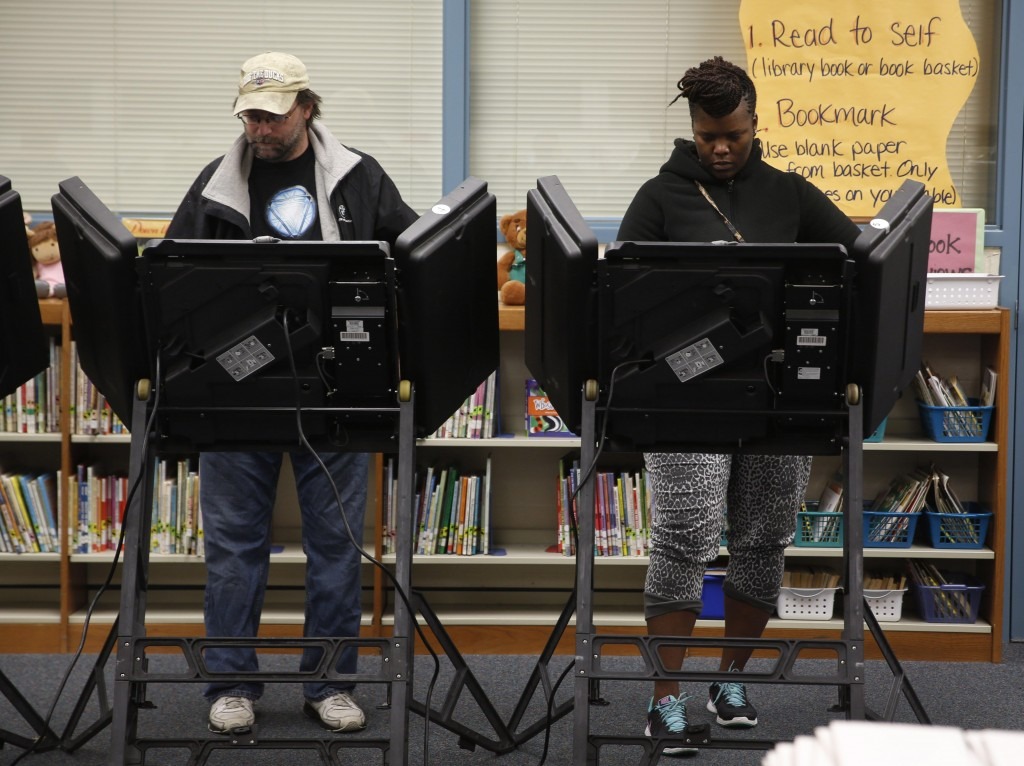Despite rainy weather throughout Ferguson, yesterday a record 29% diverse voter turnout altered the makeup of the city council to having 3 black and 3 white representatives. This historical shift in council make up is a direct result of the breakdown of Ferguson’s community and great loss.
Historically Ferguson sees a 10% to 12% turnout in local elections, with a significantly higher percentage of white voters. Many critics of Ferguson’s municipal leadership since the shooting death of Michael Brown and subsequent riots have noted the disparity between Ferguson’s 67% black population and makeup of its 6 representative city council being 5 white and 1 black.
The question looms, can we improve engagement in local elections without tragedy and turmoil? Ferguson, like many municipalities across the country, has municipal elections on odd dates in off election years. Nearly three-fourths of municipalities across the country follow this model.
The goal of off year municipal elections is to remove the heavy partisan divide that occurs in federal elections year so communities can focus on their local issues in what many hope will be nonpartisan races. Unfortunately this lofty goal has not been realized as citizens are rampantly disengaged with local elections. Studies show that local elections average a turnout of less than 30%, with some cities as low as 5%.
Local elections have the most direct impact on the day-to-day lives of the average citizen. Local taxation and spending, development permits, public transportation, public schools, public utilities, parks, waste management and police leadership are all the responsibility of local leaders. Yet the electorate remains disengaged, allowing a systemic monopoly on local elections as the same voters turn out every year.
Can we do better without having our communities fall apart?
